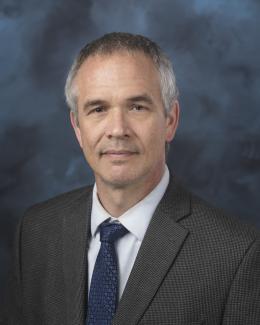Abstract
Recent superresolution microscopy studies in E. coli demonstrate that the cytoplasm has highly variable local concentrations where macromolecular crowding plays a central role in establishing membrane-less compartmentalization. This spatial inhomogeneity significantly influences molecular transport and association processes central to gene expression. Yet, little is known about how macromolecular crowding influences gene expression bursting—the episodic process where mRNA and proteins are produced in bursts. Here, we simultaneously measured mRNA and protein reporters in cell-free systems, showing that macromolecular crowding decoupled the well-known relationship between fluctuations in the protein population (noise) and mRNA population statistics. Crowded environments led to a 10-fold increase in protein noise even though there were only modest changes in the mRNA population and fluctuations. Instead, cell-like macromolecular crowding created an inhomogeneous spatial distribution of mRNA (“spatial noise”) that led to large variability in the protein production burst size. As a result, the mRNA spatial noise created large temporal fluctuations in the protein population. These results highlight the interplay between macromolecular crowding, spatial inhomogeneities, and the resulting dynamics of gene expression, and provide insights into using these organizational principles in both cell-based and cell-free synthetic biology.


